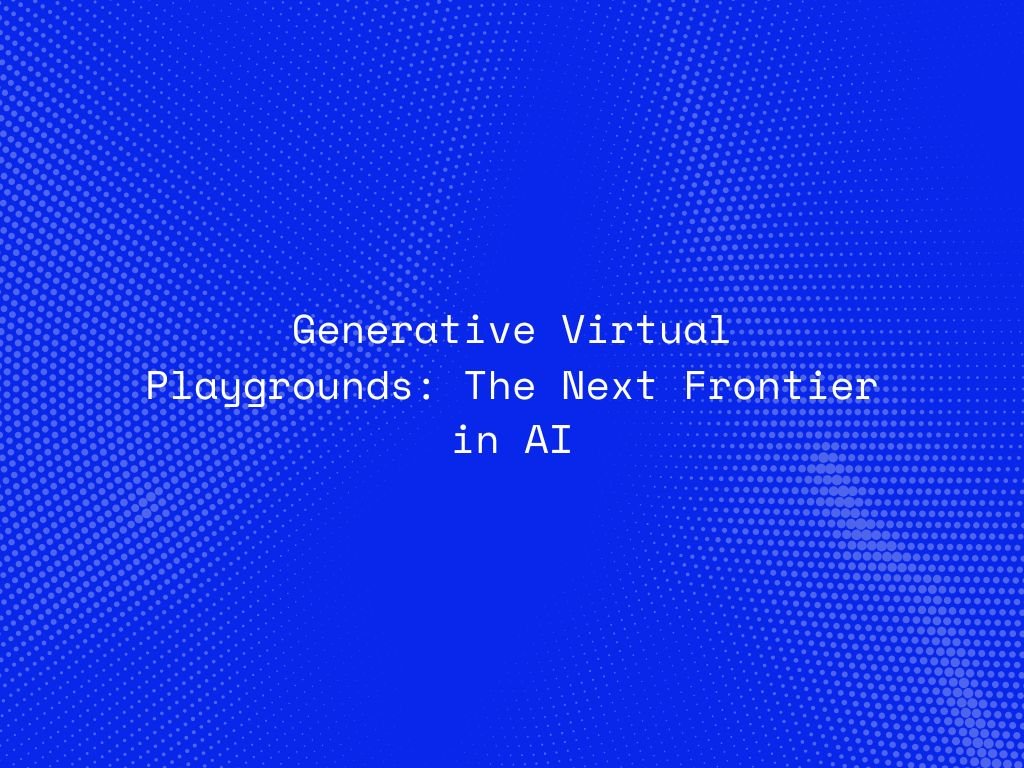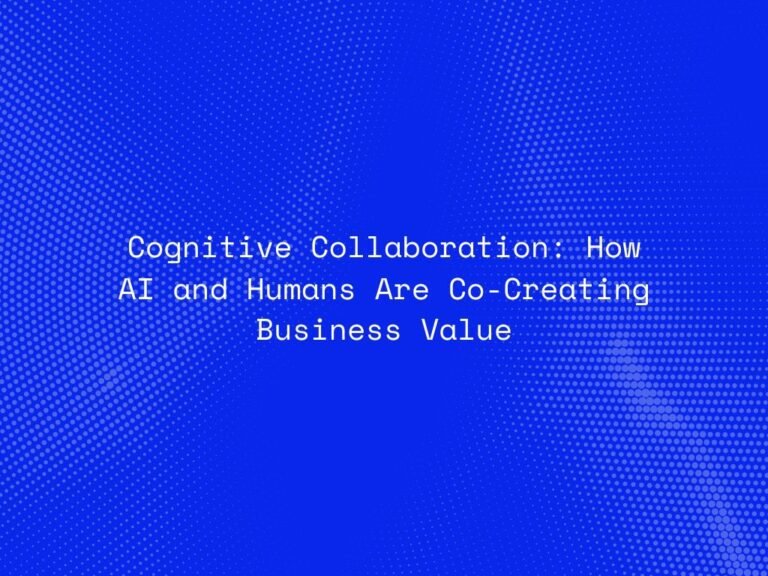Artificial Intelligence (AI) is evolving rapidly, unlocking new dimensions in how we interact with digital environments. Among the most transformative innovations is the emergence of generative virtual playgrounds—AI-powered, immersive ecosystems where users co-create and interact with dynamic, evolving content.
These environments are more than just visually stunning simulations. They are intelligent, adaptive, and personalized—fueled by generative AI models capable of producing text, images, audio, and even behavioral logic in real time. Whether in gaming, training, education, or digital collaboration, generative virtual playgrounds are redefining the future of interactive experiences.
What Are Generative Virtual Playgrounds?
A generative virtual playground is an AI-driven virtual environment where content is created or modified in real time based on user input, system feedback, or environmental context. Unlike static virtual spaces, these playgrounds evolve dynamically, adapting to individual users and creating unique experiences for each participant.
They blend:
-
Generative AI (text-to-image, text-to-3D, procedural generation)
-
Natural Language Processing (NLP) for communication and command
-
Reinforcement learning for adaptive environments
-
Simulation technologies for immersive realism
The result is a self-updating, intelligent space that feels alive, interactive, and purpose-driven.
Key Components and Technologies
-
Large Language Models (LLMs):
Used for generating narratives, dialogues, quests, and interactions with virtual characters in real time. -
Procedural Content Generation:
Algorithms that automatically generate terrain, architecture, and items based on user behavior and system rules. -
Computer Vision and Gesture Recognition:
Enable immersive input and interaction using body movement and facial expressions. -
3D Generative Models (e.g., NeRFs, Sora, or GET3D):
These generate real-time objects, avatars, or entire environments that adjust based on engagement. -
Reinforcement Learning Agents:
Create adaptive NPCs or environmental responses that learn from user interactions and adapt their behavior.
Use Cases and Industry Applications
1. Gaming and Interactive Storytelling
Game worlds no longer need to follow linear scripts. Generative playgrounds allow:
-
Dynamic quest creation
-
NPCs with evolving personalities
-
Personalized maps and challenges
-
Community-driven co-creation
Gamers can effectively “train” the world through interaction, making every session unique.
2. Education and Virtual Training
Imagine a student learning history by exploring AI-generated ancient cities that respond to their curiosity, or a medical trainee practicing in a procedurally generated emergency room tailored to their skill level.
Applications include:
-
Immersive learning environments
-
AI-generated role-playing scenarios
-
Real-time skill assessments and feedback
3. Remote Collaboration and Innovation Hubs
Virtual meeting rooms can become creativity zones, where teams interact not only with each other but with AI agents that:
-
Generate whiteboard ideas
-
Design 3D prototypes
-
Simulate outcomes and suggest optimizations
This could revolutionize product development, architecture, and innovation strategy.
4. Therapy and Mental Health
AI-generated playgrounds are being explored in exposure therapy, guided meditation, and emotional learning. These environments:
-
React to emotional states
-
Offer calming or stimulating interactions
-
Learn from biometric inputs for better therapy outcomes
5. Art, Culture, and Entertainment
Artists, musicians, and creators can build generative experiences that evolve in real time based on audience feedback. From virtual museums to interactive concerts, the creative possibilities are limitless.

Benefits of Generative Virtual Playgrounds
-
Scalable Personalization: Every user experiences a unique journey.
-
Adaptive Learning & Interaction: Environments evolve to match skill level and engagement.
-
Cost-Efficient Creation: Reduces manual design through procedural and generative modeling.
-
Deep Immersion: Engages multiple senses and cognitive functions for better retention and experience.
-
Co-Creation Possibilities: Users become co-authors, influencing the evolution of the space.
Challenges to Address
Despite the promise, several challenges must be considered:
-
Ethics and Content Moderation: Ensuring generated content is appropriate, inclusive, and free from bias.
-
Privacy and Data Usage: Personalization often requires collecting user data—security and consent are critical.
-
Compute Requirements: High-quality generative experiences require substantial processing power and latency optimization.
-
Interoperability: Integrating AI-generated content across platforms, devices, and ecosystems can be complex.
The Road Ahead: What to Expect
The future of generative virtual playgrounds will be shaped by several key developments:
-
Multimodal AI Integration: Text, image, audio, video, and haptic feedback combined in real time.
-
Persistent Virtual Worlds: Continuously evolving environments that remember user history and grow over time.
-
Human-AI Co-Design Platforms: Tools where users and AI collaborate in real-time to build experiences.
-
Open Ecosystems and AI Agents: Interoperable AI agents that move between platforms and help users across digital environments.
We’re headed toward a future where every virtual experience is alive, evolving, and uniquely yours—crafted on the fly by intelligent systems that learn and grow with you.
Conclusion
Generative virtual playgrounds represent the convergence of artificial intelligence, creativity, and human interaction. They shift the digital experience from something static and pre-built into something living and participatory. As AI continues to evolve, these playgrounds will not just entertain or educate—they will inspire, connect, and empower.
For enterprises, educators, and creators, the message is clear: the future of engagement is intelligent, immersive, and generative.




